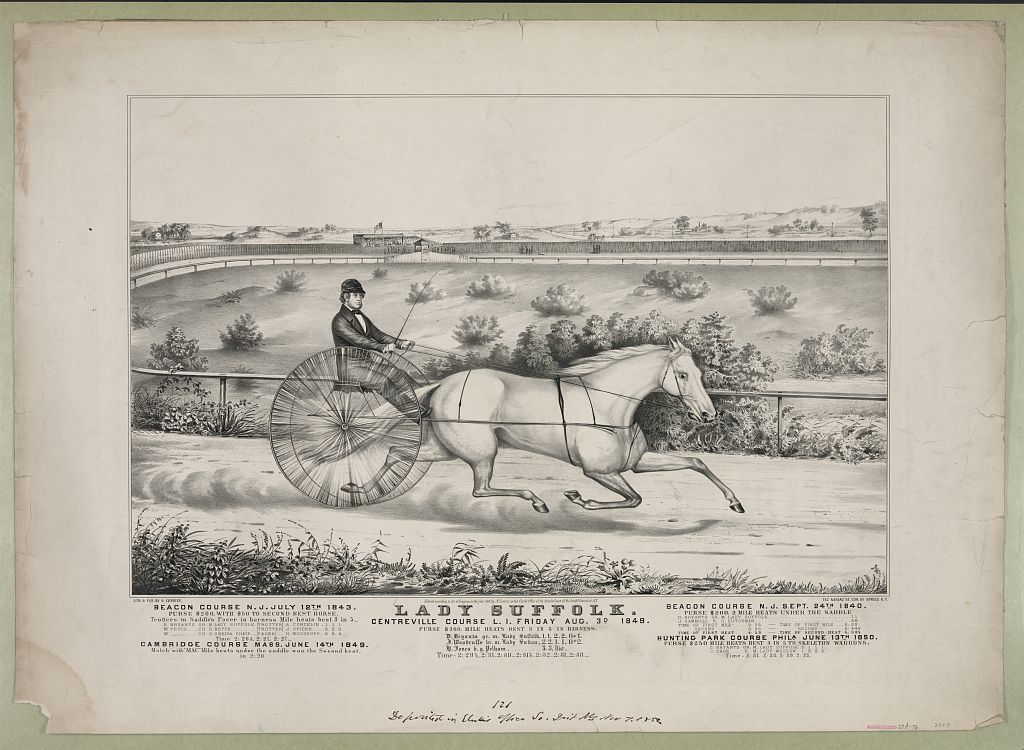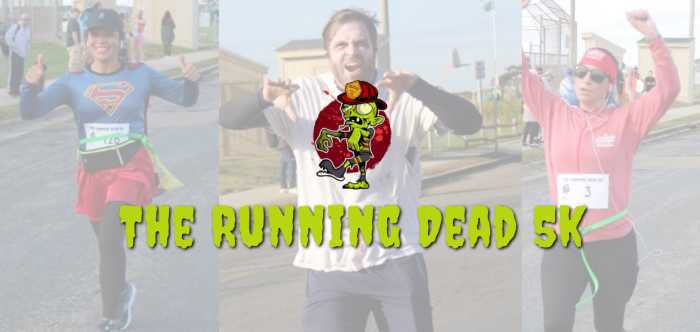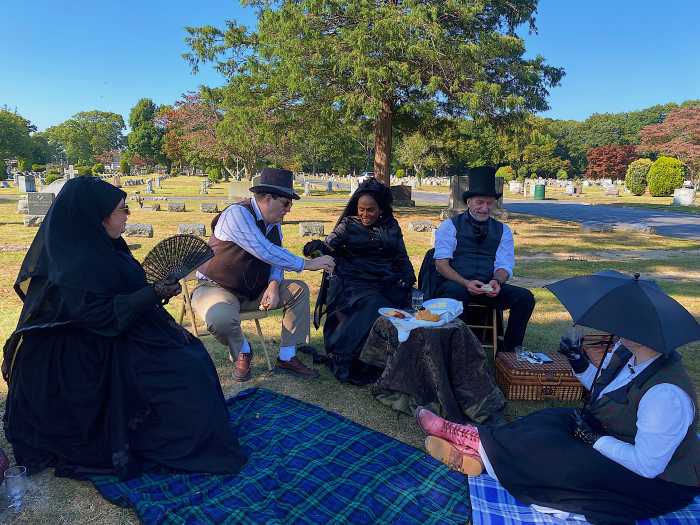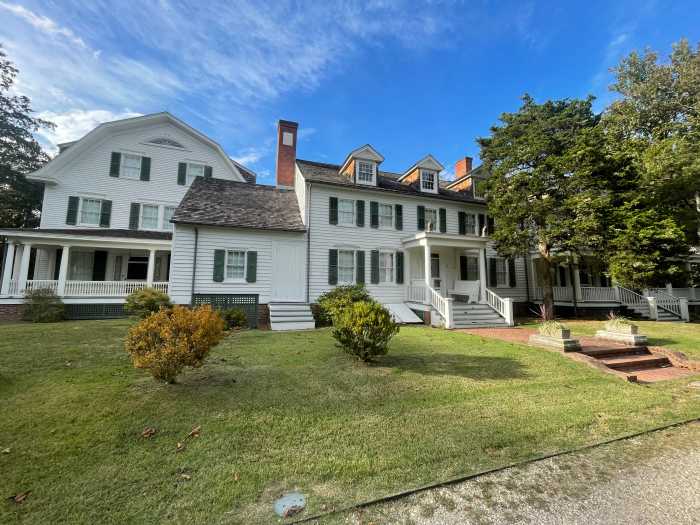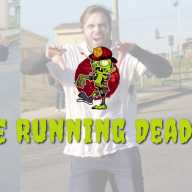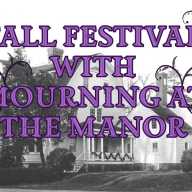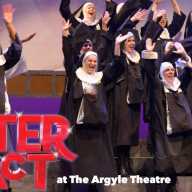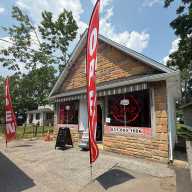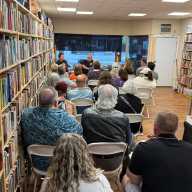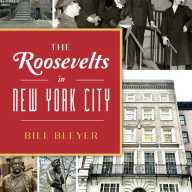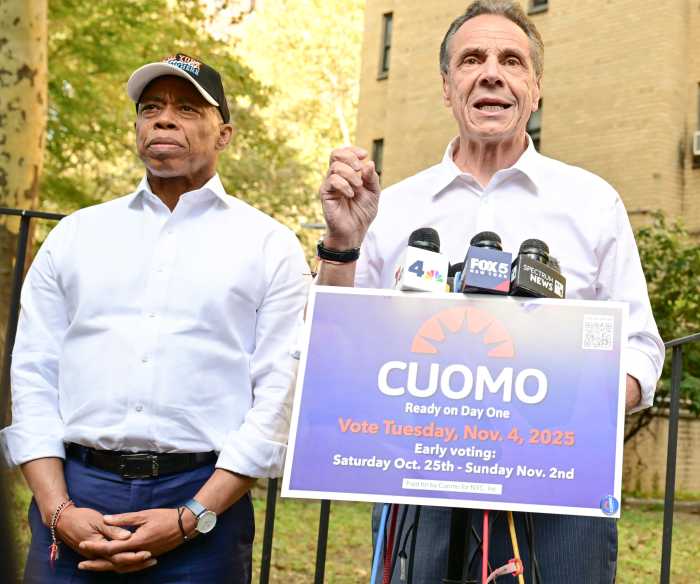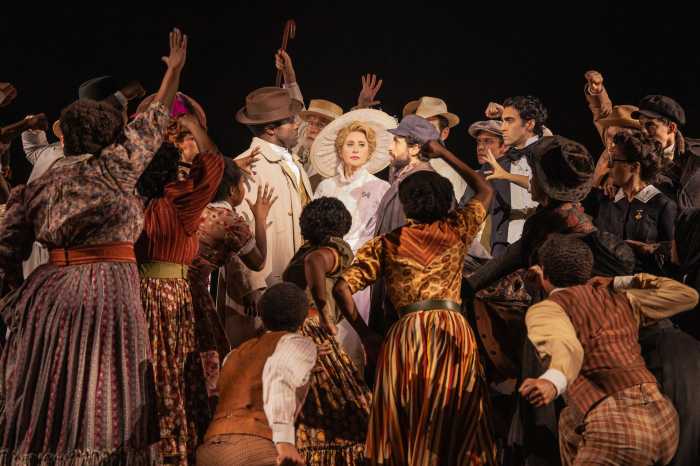For Jerry and Rita Trapani, Long Island’s rich history goes hand-in-hand with their lifelong passion: horseback riding. Having spent their lives dedicated to equestrian pursuits, they have an encyclopedic knowledge of the Island’s relationship with everything related to the sport. On behalf of the Bay Shore Historical Society, they gave a most interesting presentation at the Brightwaters Public Library on May 16.
“When you think of horses, you think of big fields,” said Jerry Trapani. “But the Town of Islip is actually really horse friendly, because you can have four horses per acre here … and because a lot of horse owners don’t like dealing with traffic, you’ve always got an equestrian event happening somewhere all year round!” he joked.
The history of equestrian sports on Long Island lends itself to wider events and trends throughout US history. The sport didn’t blow up on the Island until the Civil War, which caused the hubs of horse racing in the South to collapse.
“With flat open spaces, beautiful seaside locations, not much forestation, and a temperate climate, Long Island became the ideal place for equestrian sports of all kinds,” said Jerry Trapani in his presentation. “Even today, you have the Belmont Stakes and the Hampton Classic drawing in thousands of people across the world.”
The Trapanis’ presentation not only told a story of horses and racetracks, but of Long Island’s growth and development as a whole. For instance, August Belmont, Jr., opened Belmont Park in 1905 as an “English-style” race circuit where horses ran races clockwise, so spectators could see them finish in front of the park’s clubhouse. Belmont’s private thoroughbred farm would go on to become Belmont State Park, and the racetrack’s current iteration is still named in his honor.
Bay Shore itself even played a small part in a larger history: A field where the Home Depot is today used to host equestrian shows, where owners and racers could exhibit their horses to the public and fellow enthusiasts.
“Long Island became the playground for the rich and famous,” Jerry Trapani further explained. “Millionaires like August Belmont and D.D. Withers stepped into racing, and poured vast sums of money into building top-class stables and race courses.”
Although Long Island became one of the country’s hubs for horse racing and sports, its reputation did not last forever. Many horse farms and stables were purchased, demolished and redeveloped over the course of the 20th century, with few reminders of their existence remaining in the 2020s.
Belmont’s horse farm, for example, was acquired by Robert Moses in 1926 after Belmont’s passing. Moses converted it to the state park it is today, and later demolished Belmont’s mansion in 1936, though part of his estate remains today and is used by a regional office for New York State Office of Parks, Recreation and Historic Preservation.
Despite all the setbacks the sport has faced on the Island in recent decades and beyond, equestrianism still brings people together. The Trapanis, for example, actually met through their favorite sport over 50 years ago.
Over the decades, the Trapanis have managed to stack up quite a CV. They own their own horse farm in Great River called Shadbelly Farm; are members of the Carriage Association of America, the American Driving Society, the Four in Hand Club; and are also founding members of the Paumanok Driving Club of Long Island. They also work closely with The Long Island Museum, being consultants on carriages and coaches.
Rita also drew the illustrations for her husband’s textbook “Equine Hoof Care,” which was required reading at the Dutch National Equestrian School. One of her paintings, “The Romance Side,” is even exhibited at the Garden Terrace Restaurant at Belmont Racetrack.
The Trapanis credit the Internet, Facebook and local historical societies for helping preserve the Long Island’s equestrian history, but their valuable knowledge and engrossing stories help keep the memory of a Long Island institution alive and well.



